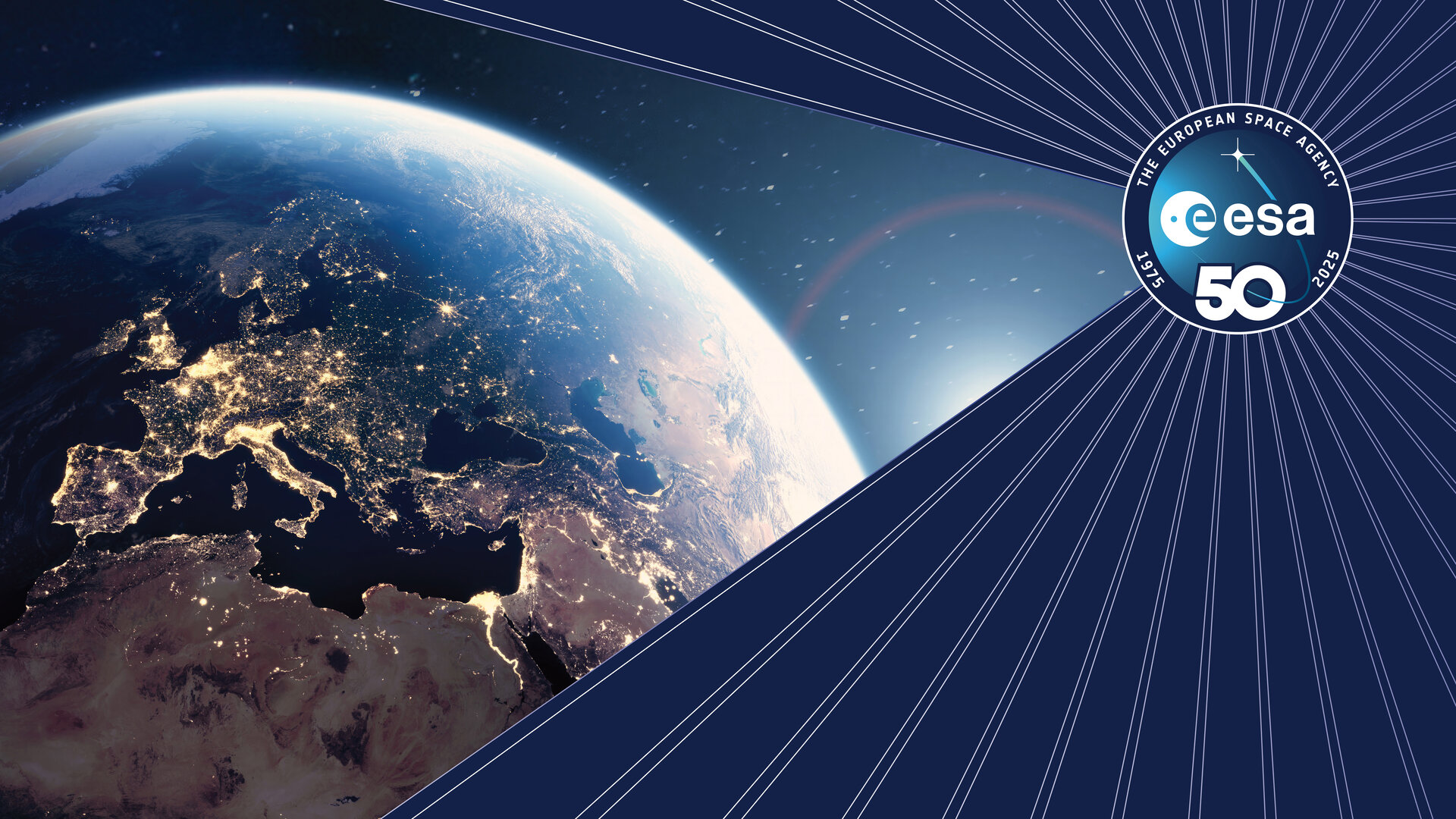Looking back at the Juice launch @ ESA mission control
The Jupiter Icy Moons Explorer (Juice) successfully launched on 14 April 2023 and is operated from Mission Control at ESOC, ESA’s European Space Operations Centre in Germany. It’s on its way on an ambitious voyage to uncover the secrets of the ocean worlds around giant planet Jupiter.
Launch days are rather nerve-wrecking affairs for everyone involved in a mission, as you might imagine. Over many years – more than a decade in fact – the Juice mission was designed, the spacecraft and scientific instruments created and tested, and all operational aspects prepared in minute detail. It’s paramount for space missions to avoid the existence of potential single points of failure if possible. Yet the ‘launch and early orbit phase’ (LEOP) is an unavoidable one.
The Flight Control Team’s uncommonly calm minds, led by ESA’s Juice Flight Director Andrea Accomazzo, remained cool as they operated Juice through the critical early stages of the mission during an exhilarating launch day at ESOC.
Getting ready
Mission preparations at ESOC intensified during the last months before launch. The Flight Control Team, together with the Project Team and colleagues from Airbus and Arianespace, prepared for all eventualities with the help from the Simulation Team during extended simulations of the launch and early orbit phase (LEOP).
The day before launch a briefing was held where all teams, from the Ground Systems to IT and many more, reported their status was green and the mission a ‘Go’.

Juice operations team picture after the pre-launch briefing on 12 April at ESOC
Trois…deux…un…lancement!
The highly anticipated launch day arrived, not once, but twice. On Thursday 13 April, many eyes across the world turned to the launchpad of Europe’s Spaceport in Kourou, French Guiana. Juice was counting down when the launch was suddenly scrubbed, only ten minutes before liftoff. The weather remains the one factor engineers can’t control and lightning risk made it unsafe to launch.
Juice had to wait patiently, tucked into the nose of its Ariane 5 rocket, until the next opportunity one day later, Friday 14 April 14:14 CEST.
Around 40 minutes before launch the Juice rollcall was heard, with Flight Director Andrea Accomazzo reporting the summary “We are ‘Go’ for launch.”
This time the booster engines from the Ariane 5 rocket did roar to life as scheduled, and Juice lifted off at 14:14 CEST. It was an amazing sight and sound to behold for everyone watching in Kourou as well as online. The Ariane 5 quickly disappeared into the clouds and soon it was reported by Arianespace that the fairing and a while that later the second stage had separated according to plan.

Liftoff for Juice, 14 April at 14:14 CEST
The spacecraft was set on the right trajectory, time for the Flight Control Team on console at ESOC to take over from Arianespace.
We have a mission!
The next milestone was the acquisition of signal (AOS), when a spacecraft’s signal is received for the very first time and contact is established. Starting at 14:51 CEST, Juice could make itself heard. Some increasingly anxious minutes passed as ESA’s Estrack antenna New Norcia followed Juice in the Australian night sky to listen for that all-important first sign of life.

New Norcia ground station: Juice, where are you?
After some tense moments, AOS was indeed established. Its first signal was confirmed at 15:04 CEST, some 13 minutes into what felt like a much longer wait even if it was well within the nominal window. Juice's first sign of life registered a bit faint on screen at first, but soon was captured as expected.

AOS – the first signal received from Juice through New Norcia ground station
Next it was time for the solar arrays to unfold. The intricate pyrotechnics involved performed exactly as designed to let the panels unfurl themselves one after the other, until the entire arrays spanning 27 m were completely deployed, ready to give juice to Juice.
“We have a mission!” came the thrilling message from Andrea Accomazzo on the voice loop. “We are flying to Jupiter. We go there fully loaded with questions. Europe is getting there, Jupiter, get ready for it!”
With that all-important milestone under the belt, Mission Control continued with the next critical steps of the LEOP: checking various systems and determining (ultra) precisely Juice’s location and velocity to ensure it’s on its trajectory as planned.
With the Red and Blue flight control teams working around the clock, handing over to each other after each 12-hour shift, the LEOP was successfully concluded just 28 hours into the mission.

LEOP complete: Juice earned its spot on the Mission Board in the Main Control Room.
What’s next for Juice mission control?
It’s going to be a tough ride for Juice. Mission operations are complicated by the extreme temperatures and the high radiation levels in the Jovian system, plus the long distance from Earth for communications and from the Sun for energy.
But Juice is in safe hands. The teams at ESOC are highly experienced flying diverse and complex deep space missions like Rosetta, MarsExpress and BepiColombo, exploring the boundaries of space flight.
“Hundreds of millions of kilometres from Earth and powered by just a sliver of sunlight, we will guide Juice through 35 flybys of Jupiter’s ocean moons in order to gather the data needed to bring scientists closer than ever to these compelling destinations,” says Ignacio Tanco, ESA’s Juice spacecraft operations manager.

Juice is in good hands
As a first step, the team will complete the deployment of the various antennas and booms of the scientific instruments onboard and check all systems over the next weeks and months. And next year, in August 2024, Juice will return close to Earth to get the first ever lunar-Earth gravity assist to increase its velocity.
Safe travels, Juice!



